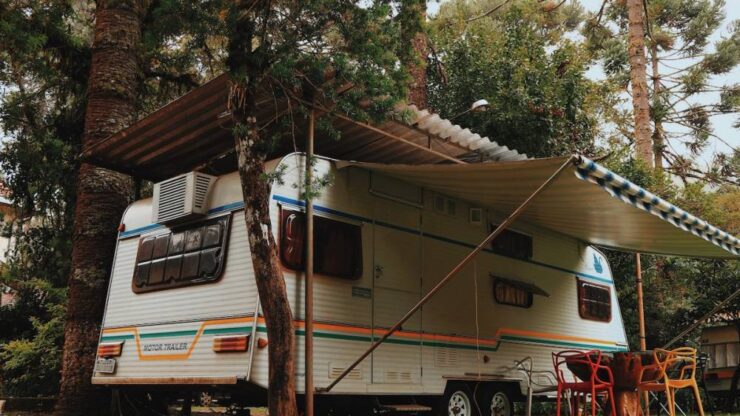Cross-country RV trips can offer a unique and exciting adventure you won’t miss out on. Planning for your journey, however, is essential in ensuring a smooth and enjoyable ride. From understanding the ins and outs of safely driving your RV to tackling logistical planning challenges, many factors are at play when preparing for a successful cross-country RV trip. Read on to learn more about what you need to know before hitting the open road!
Understand Your Vehicle and Its Power Needs
Understanding your RV and its power requirements is critical for a successful cross-country journey. Before setting out, it’s important to understand how much solar battery power your RV requires to keep all its systems running, such as the lights, heating, and cooling systems, water pumps, refrigerators, and more. Knowing what solar panels you need to install on your roof will also help you plan for a successful trip. It’s best practice to calculate the amount of solar panel wattage needed for your RV by first calculating your total daily energy usage.
When you know how much electricity you’ll use, you may select the kind of panel that best fits your requirements and price range. Compared to other types, monocrystalline solar panels are typically more effective and of higher quality; however, they are also more pricey. To ensure optimal performance in different light conditions, you might consider installing a combination of monocrystalline and polycrystalline solar panels. Also, be sure to check your RV’s compatibility with the solar panel models you are considering.
Check the Weight Capacity of Your RV
Another important consideration when preparing for a cross-country RV trip is understanding your vehicle’s total weight capacity and weight distribution. To avoid damage or an accident, it’s important to know how much weight your RV can safely handle. To do this, you must first calculate the gross vehicle weight rating (GVWR) and subtract any empty weight from that rating. This will give you a net vehicle weight rating (NVWR).
Once you have the NVWR, you must then load your belongings and other cargo into the RV. All of this should be carefully weighed and evenly distributed across the wheel axles to ensure a proper balance throughout the vehicle. Additionally, it’s crucial to remember that each axle has a specific weight limit. For example, if your RV has two wheel axles, you should know that each axle has its weight limit, and both must be accounted for when loading up the RV.
Map Out Your Route and Rest Stops
You’ll need to plan your route and map out stops along the way. Before hitting the road, it’s important to decide where you want to go, what attractions and destinations you’d like to visit, and how long each stop will last. While there are a variety of resources available for route planning, the best way to ensure a successful cross-country RV trip is by mapping out your stops in advance.
To ensure your journey is as enjoyable and stress-free as possible, consider estimating your total travel time based on the distances between your planned stops. This will assist you in making plans for any delays or detours that might occur. It would be best to research traffic conditions on your route to avoid congested roads. Finally, remember to factor in any seasonal changes that can have an impact on your trip itinerary.
Prepare an Emergency Kit
Preparing an emergency kit before embarking on your RV journey is also important. This should include essential items such as a first aid kit, water and food supplies, a flashlight, spare batteries, road flares, a fire extinguisher, and other items that could come in handy during an emergency. Additionally, you should always have your RV’s owner’s manual on hand for easy reference.
It is advised to perform a comprehensive inspection of your RV before leaving. This includes checking the tire pressure and tread, checking fluid levels, inspecting the brakes, testing the battery, and ensuring all lights function properly. It’s also a good idea to keep extra parts, such as belts and filters, on board in case of an unexpected breakdown.
Finally, be sure to store important documents such as your driver’s license, registration, insurance papers, and other paperwork in a safe place. Because these documents are required in a variety of circumstances, they will be helpful to you in an emergency.
By taking the necessary steps to prepare for a successful cross-country RV trip, you’ll be able to enjoy your journey without having to worry about any unexpected issues or surprises. Just remember – plan, and don’t forget to have fun!
Conclusion
Cross-country RV trips are an excellent way to explore the country and take in all the sights and sounds. To ensure your comfort during your journey, planning is crucial. Be sure to check your RV’s compatibility with your vehicle’s weight capacity, map out stops and attractions along the way, and prepare an emergency kit with all the essential items you may need. You may enjoy a risk-free and unforgettable RV journey if you keep these suggestions in mind!
Happy travels!
